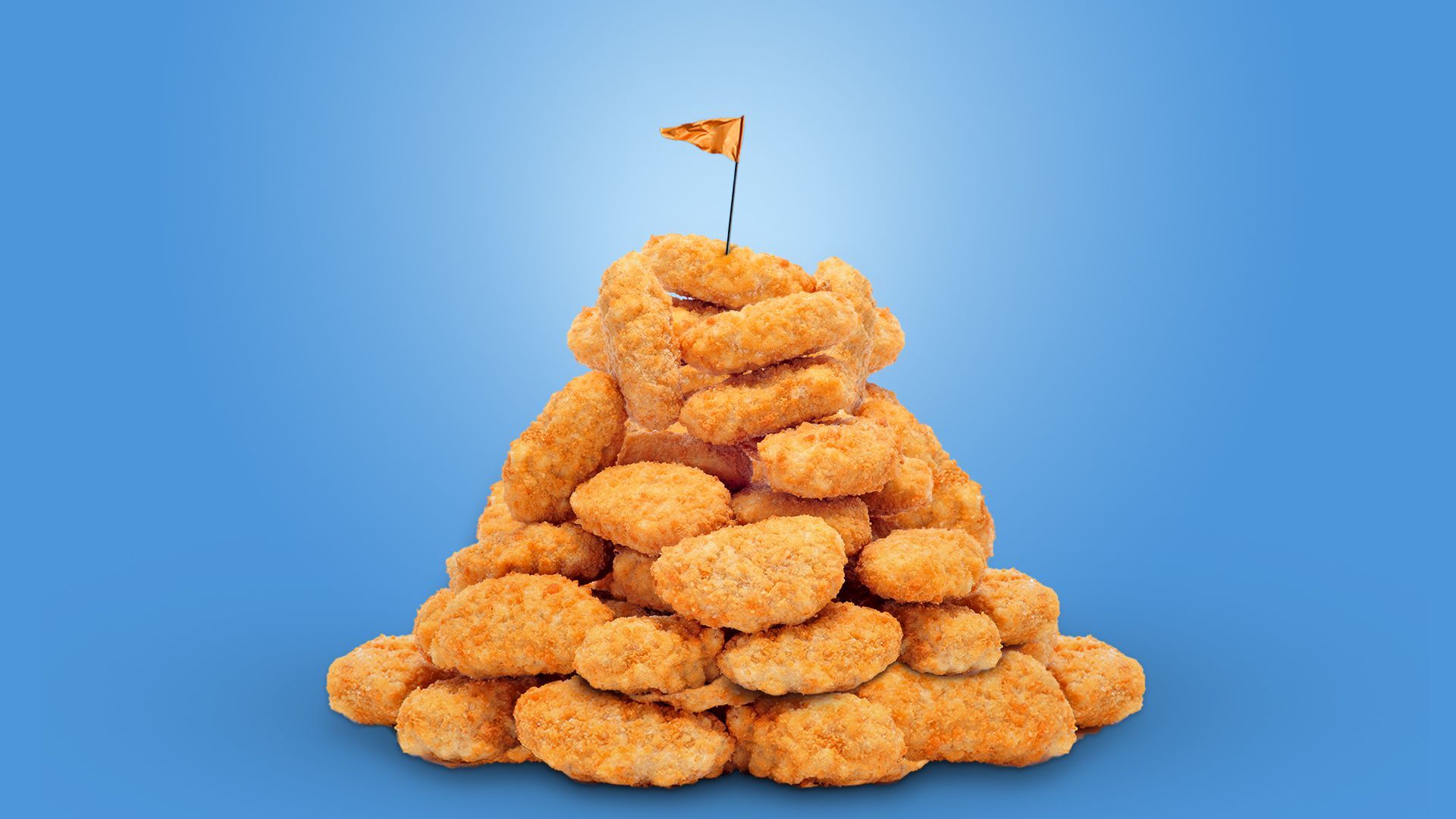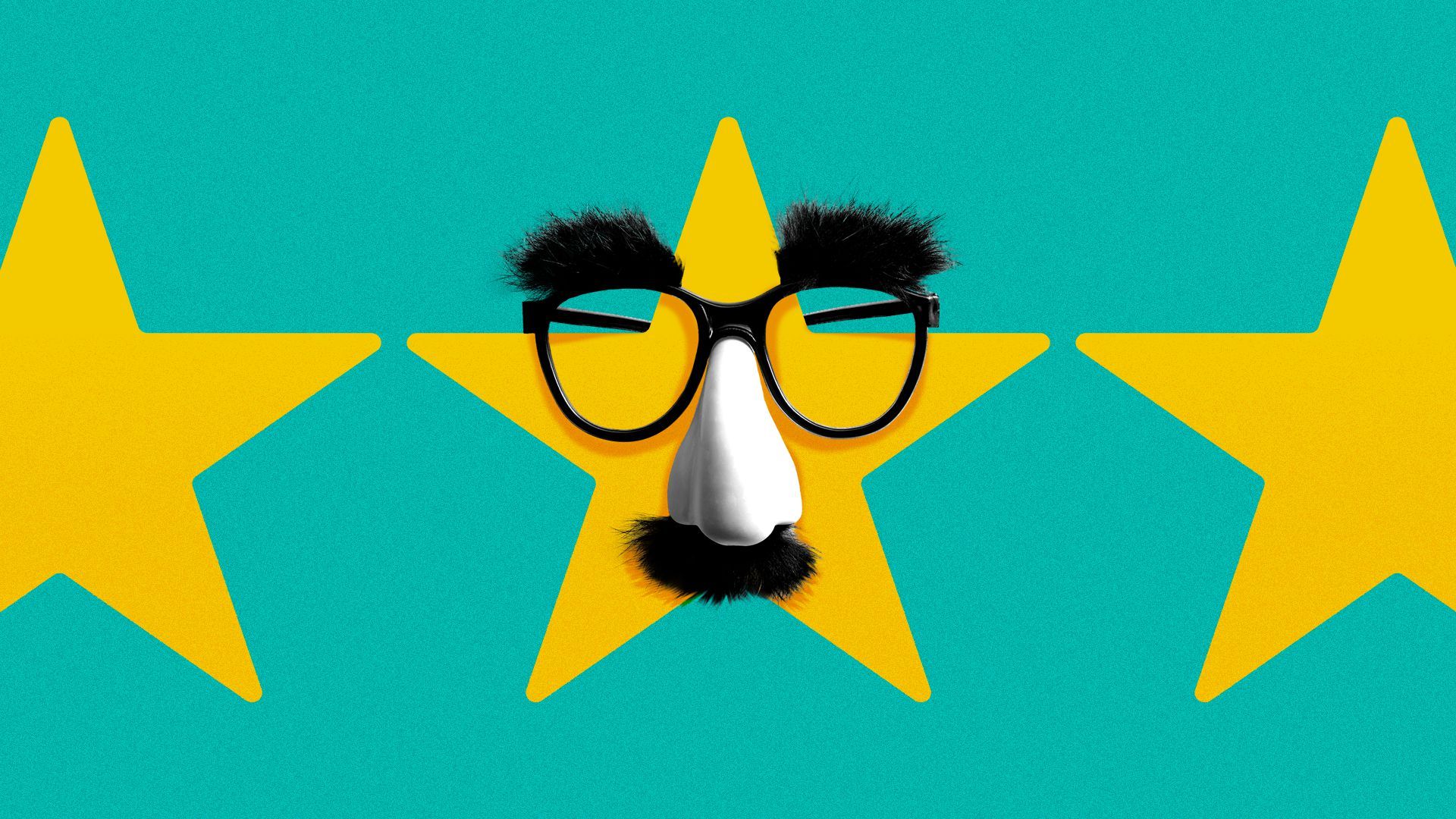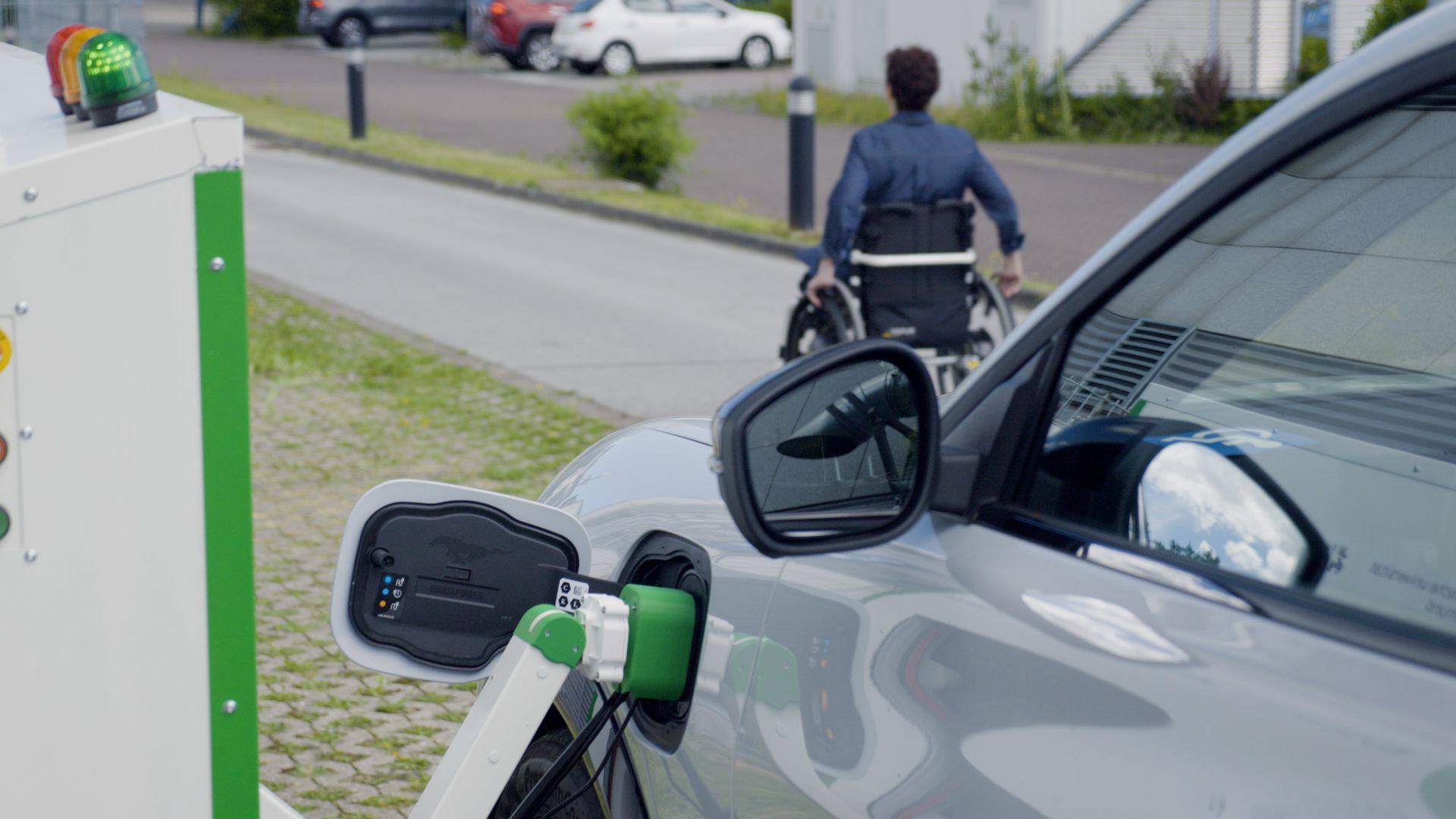| Giant restaurant chains like KFC and Boston Market are making big-splash introductions of chicken nuggets on their menus this month, Jennifer A. Kingson reports, setting up a potential rematch of 2019's epic chicken sandwich wars. Why it matters: With chicken consumption on the rise, fast food industry titans think they can boost profits by catering to the nugget-loving tastes of younger consumers. Driving the news: KFC began testing new chicken nuggets last week for a limited time in Charlotte, North Carolina, aiming to lure in Gen Z and millennial customers. - If it goes well, "the nuggets will replace the popcorn chicken currently on menus," Yahoo! Finance reported.
- The launch is "a really big deal" that's meant to introduce "a whole new generation" to KFC's original Colonel Sanders recipe, Chris Scott, head chef at KFC U.S., told Yahoo! Finance.
- "So many of younger consumers are not interested in eating chicken on the bone, for whatever reason," he said.
Other nugget-vendors are lining up to cash in on a childhood favorite. Not to be outdone, Burger King, which introduced spicy Ghost Pepper Chicken Nuggets in the U.S. last fall, just brought them to Canada. The big picture: There's a global arms race in nugget innovation, with mom-and-pop stores vying with chains to introduce new flavors — like Thai chicken nuggets at Phoenix's Chick-a-Dee and Hawaiian nuggets at Pokemoto. Flashback: Popeyes — which sparked the chicken sandwich craze three years ago — rolled out its new chicken nuggets a year ago. What they're saying: The burgeoning nugget craze is "largely driven by shifts in Gen Z consumer behavior," says Maeve Webster, president of Menu Matters, a restaurant consultancy. - "Since the pandemic, more consumers in general are snacking and looking for those easier-to-eat, smaller bites," she tells Axios.
The bottom line: There are good business reasons to throw down those poultry-shaped gloves: By one count, the U.S. fast food chicken market has been growing at nearly 5% a year and is expected to reap $40 billion in revenue in 2022. Share this story. | 








No comments:
Post a Comment